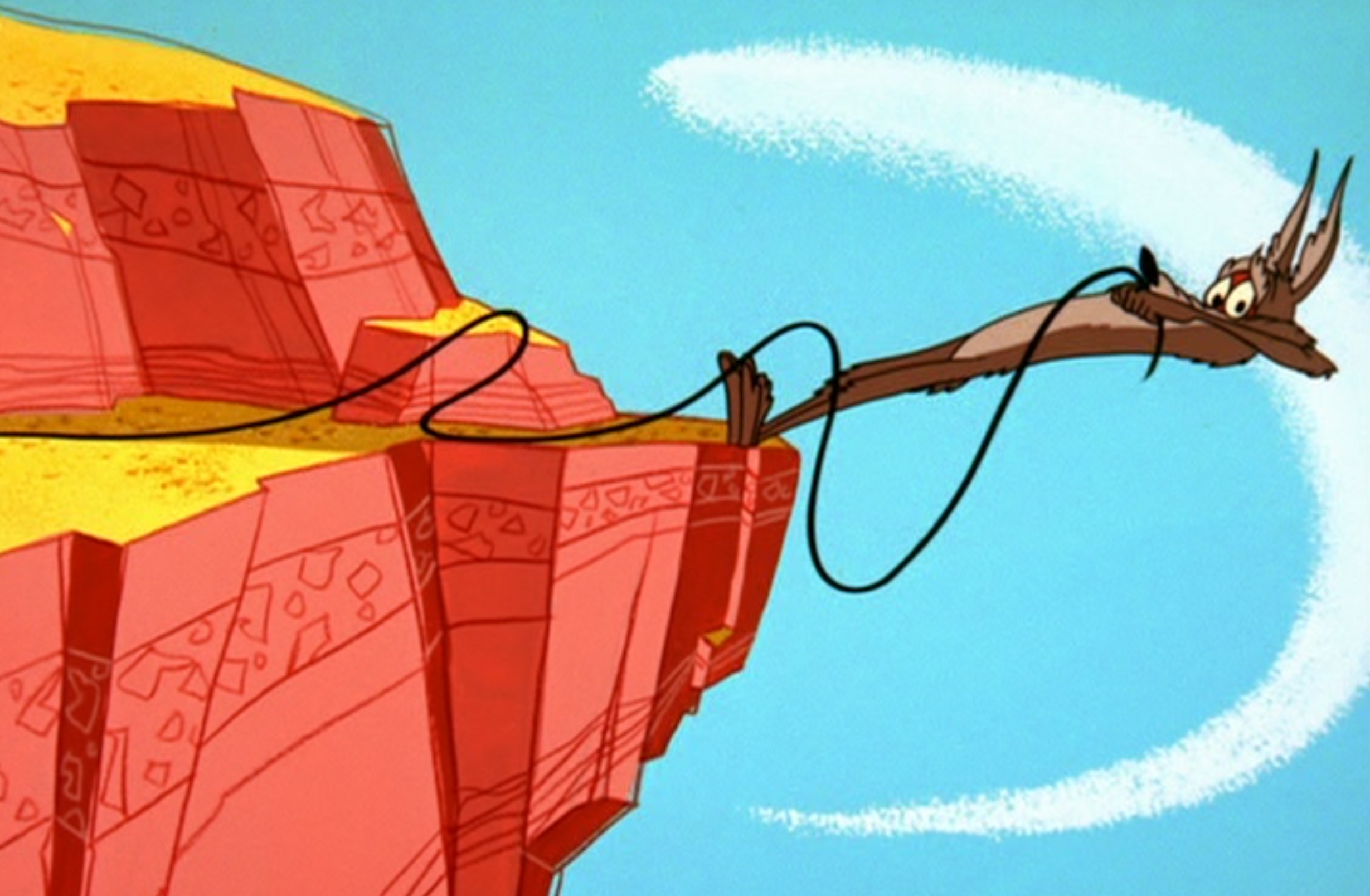"Failure is a path, not an immediate result."(1)
I was listening to ATP podcast, and John Siracusa discussed “Coyote Time.”
The idea of Coyote Time comes from Wile E. Coyote cartoons, and it’s rooted in video game design.
In the Wile E. Coyote and the Road Runner cartoons, Wile E. Coyote tends to end up just off the edge of a cliff, but he doesn’t fall until he realizes his dire situation.

At a glance, it would appear that Coyote Time is a moment of realization, a sinking feeling of impending doom. However, in video game design, Coyote Time is more about forgiveness and empathetic design choices. Coyote Time is about designing features into a game that provide a sense of reality apart from the harsh mechanics of the game itself.
In, “Coyote Time: What Games can Teach Us About Forgiveness in Learning,” Eva Grouling Snider describes Coyote Time as providing “wiggle room” and reducing frustration, which helps to “minimize the consequences of errors, mistakes, and imperfections.”
In educational design and video game design, Coyote Time can be relied on for applying both reality and unreality, a sense of authenticity or inauthenticity, with the end goal of providing engaging experiences where the student, or player, is able to perform at their best.
For example, in video games, this is often a bit of lag introduced purposefully to enable the player to perform an action, such as jumping over a difficult object. In teaching, this could be a low-stakes formative assessment, or perhaps a quiz that can be taken multiple times but only saving the highest score. In lower division courses, Coyote Time may be increased, and then gradually designed out of the course for upper division or graduate level work.
In teaching, Coyote Time can be explicit, for example, allowing drafts to be submitted for comments prior to the formal essay. Coyote Time can also be implicit, in that it’s designed into the course and woven through the educational pathways, providing layers of support while not necessarily stating the design choices.
(1) “Coyote Time: What Games can Teach Us About Forgiveness in Learning,” The Teaching Innovation Blog, Ball State University, Muncie, Indiana (Nov. 15. 2023) https://blogs.bsu.edu/teaching-innovation/2023/11/15/coyote-time-games-teach-forgiveness-learning/